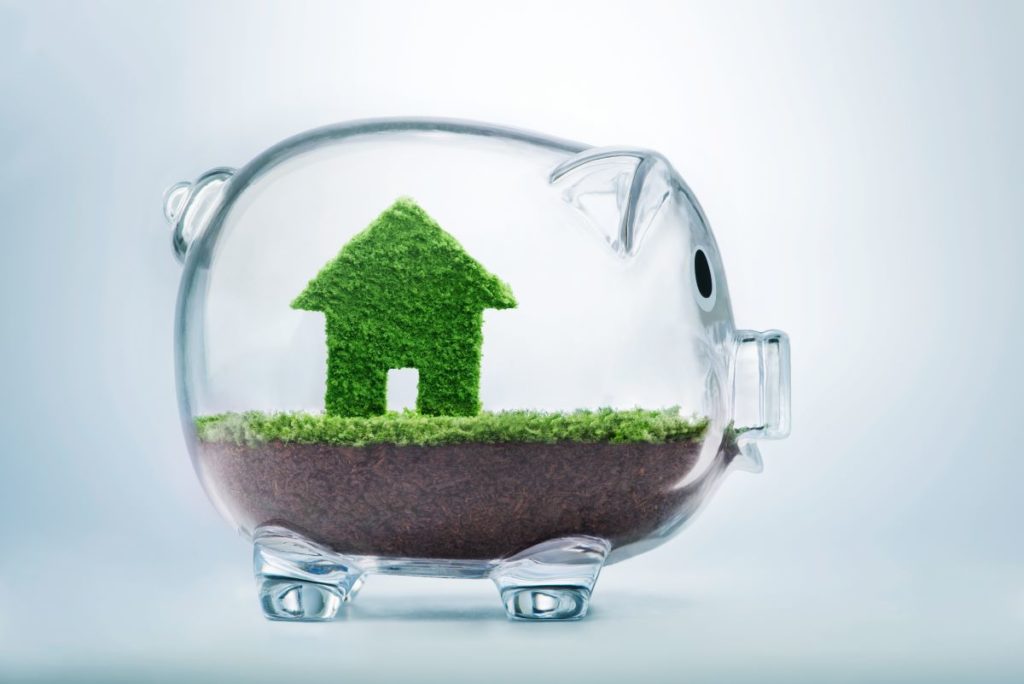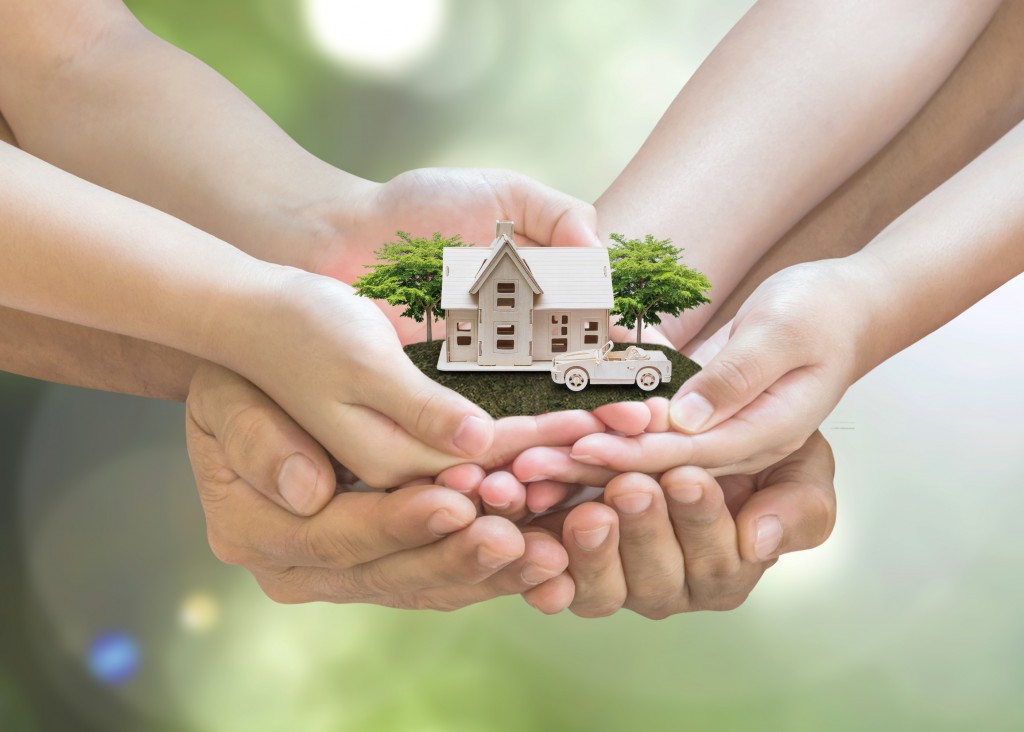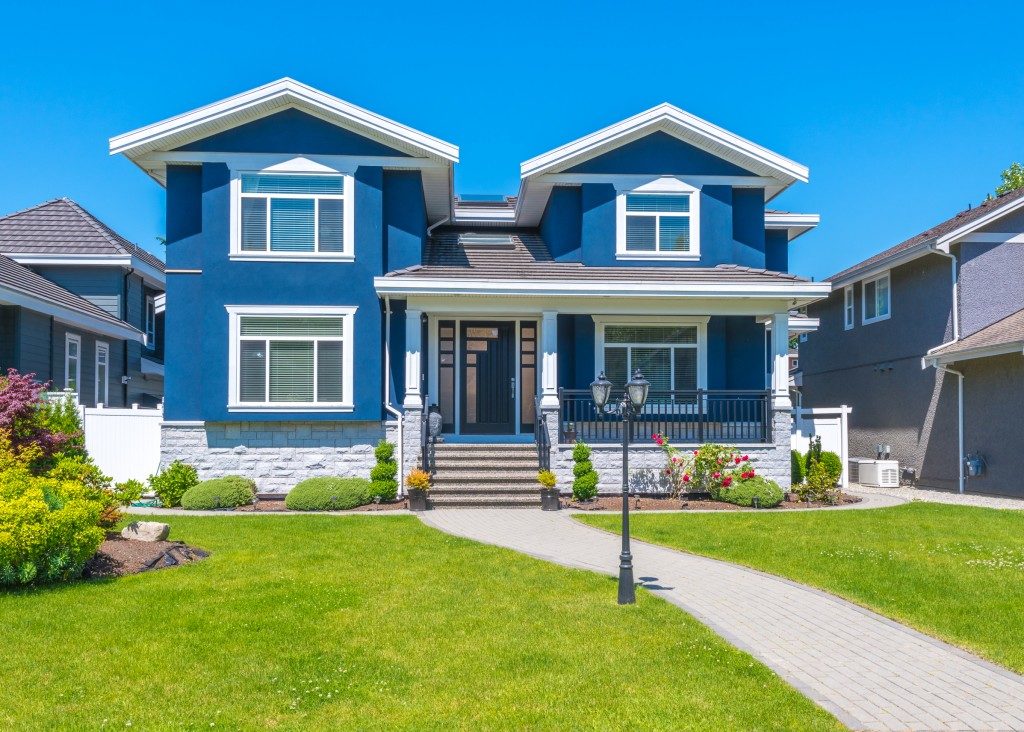In many ways, the crisis inflicted upon us by Covid-19 has cast a spotlight on our homes. More people now work out of hastily retrofitted home offices. Children have had to grow accustomed to some form of distance learning. Sporadic lockdowns and the closure of many businesses have limited our leisure options and reasons to go out.
All that time spent cooped up indoors is bound to translate to some pent-up desire for mobility. And with recent news of breakthroughs on the vaccine front, people are eagerly anticipating a return to normalcy. No doubt, business owners too are looking forward to the economic tailwind that will ensue.
After such a period of unprecedented stress and uncertainty, no one can be blamed for wanting to indulge in travel, entertainment, retail shopping, and other forms of consumption. But we should also take heed of the pandemic’s subtle warning regarding sustainability, and start making changes in a high-impact area: our homes.
Covid-19 is about the environment
The pandemic’s immediate implications were first of all related to health and safety. Shortly after the danger became clear, it was understood that it would also have a significant impact on economies worldwide.
Those two areas inevitably loomed at the forefront of decisions, whether on the grand, policy-making scale or in our individual lives. Authorities variously recommended or mandated social distancing, wearing face masks, and staying at home. People chose to comply, or otherwise alter their behaviors, out of consideration for the same factors.
However, a closer look reveals that the pandemic isn’t entirely about the jobs or lives lost. At heart, this is a crisis that’s intimately linked with our environment.
We know that the origins of the virus can be traced to the illegal wildlife trade. It may have jumped across several species, but at some point, pangolins were involved.
The spread of Covid-19 was facilitated by globalization. On a regional level, it consistently proved more challenging to contain in dense urban population centers. And the effects on individuals were amplified by existing respiratory conditions.
Tampering with natural ecosystems, traveling and mingling on the basis of fossil fuel energy, and suffering the effects of air pollution: it’s hard to escape the web of environmental factors. If we miss that point, even after developing a cure for the coronavirus and bringing things under control, we remain at risk to repeat the same mistakes.

Making a difference through homes
The need to scale back human activity to a sustainable level and preserve our environment can hardly be considered breaking news.
For decades, experts had been warning that we were variously consuming resources or generating waste at unsustainable rates. In the years prior to the pandemic, the warning signs were clear. We had already reached or surpassed limits to growth.
Our impact on the environment may not always be in sight, but it should never be out of mind. Climate change has a global effect. So does a pandemic.
Bringing our existence back onto a sustainable track is a collective responsibility. We can’t afford to point blame or insist that others act first.
Fortunately, all homeowners have the ability to make a difference now. The built environment accounts for almost 40% of global emissions. If we improve the way we consume energy in building and living at home, we can maximize our impact in a positive way.
Reducing home-related consumption
There are two basic ways towards building and maintaining more sustainable homes. The first one revolves around resilience. The second is contingent upon our lifestyles.
Commercial properties must be built to code. Residential properties that a landlord intends to let must also meet a property assessment. The idea is that structures must be suitable for occupation and pose no danger to occupants.
However, building to code simply means adhering to a reasonable minimum. Builders can go beyond that and create more resilient structures, but don’t have incentive to do so.
Homeowners can change that. By calling for more resilient structures, we spread out the costs of building homes over a longer time. They are also more likely to survive the rigors inflicted by a changing climate.
And as we go about living in our homes on a daily basis, our behaviors have the same potential to impact the environment. Ideally, we can build homes to achieve net-zero energy consumption. But if constraints such as location or resources prevent that, we need to strive to get as close as possible to that goal.
As we look forward to emerging from the pandemic and traveling about, let’s not forget to build and maintain sustainable homes. It’s an unexpected lesson to take away from this ordeal, but one we can’t afford to ignore.





